In an architectural era, modernism and minimal architectural designs ruled the world. Linear forms, seamless fenestrations, sleek glass, and minimalistic concrete forms formed the architecture palette across the globe. Every nation wanted to sport tall, sleek glass, steel, and concrete structures. Thus, establishing their identities as “modern.” After all, architecture has always been a visual medium for communication. Therefore, with time and technology, contemporary styles have taken the stage. The advancements in design ideologies, technology, and innovation have led to an influx of free-flowing geometric forms into the AEC industry. There is a tremendous increase in the trend for convoluted geometries in building technology. Thus paving the way for parametric forms, abstract shapes, and humungous scales for buildings. This article aims to showcase a list of the top 10 Grasshopper plugins mostly used in the AEC industry.
The influx of Parametric Architecture
There is an upward trend in the design realm to play around with forms showcasing material strength, flexibility, and innovation in construction technology. But are the traditional design tools feasible to turn the vision of a parametric wonder into reality? Can conventional computer-aided software handle innumerable data? Can it cater to the new-age techniques implemented in the design?
No! the new-age designs require new-age tools. The need of the hour is to induce parametric design techniques and tools that aid in designing abstract forms and geometries. Grasshopper is one tool that aids in designing parametric forms with complex curves and surfaces. Moreover, Grasshopper not only automates the design process but also is handy to use and minimizes the time required to formulate designs.
Generally, it is used for advanced design processes. This includes creating, analyzing, modifying, and presenting the design. The accuracy, quality, and ability to administer makes Grasshopper among the most sought-after tools for architects in today’s world.
Thus, along with the grasshopper as a tool, designers also need to know the associated high-performing plugins that make tasks efficient and better in the software.
Here’s a list of the top 10 Grasshopper plugins that are trending in the AEC industry:
1. Ladybug
“Ladybug” is an open-source parametric plugin that aids environmental analysis within the Rhinoceros/Grasshopper Interface. It functions by importing standard “Energy Plus Weather” files (.EPW) into Grasshopper 3D. This tool consists of a wide variety of 2D and 3D interactive graphics, which helps the users to conduct environmental studies accurately for the form generation of the structure. While Ladybug simplifies the analysis, it also automates the calculations. Thus, providing accessible and legible graphical visualizations in the interface of Grasshopper.
Furthermore, It also facilitates working with validated energy and daylighting engines such as “EnergyPlus”, “Radiance” and “Days”, effectively. The Ladybug Plugin thus helps architects to gauge the system and make efficient design choices.
2. Honeybee
The honeybee is another parametric plugin for Grasshopper, which takes care of building energy consumption & daylighting simulation.
It connects Grasshopper3D to “EnergyPlus”, “Radiance”, “Daysim” and “OpenStudio”. The plugin supports detailed daylighting and thermodynamic modeling, which is much needed at the project’s conceptual and design development stages.
Honeybee creates, runs, and visualizes the results of daylight and radiation simulations. It uses Radiance and energy models using EnergyPlus/OpenStudio. It serves as an object-oriented Software Development Kit (SDK) for these engines.
3. Geco
Among the vast number of Grasshopper plugins, Geco is an environmental analysis used widely by designers. It facilitates users to export and collaborate efficiently with Ecotect’s associated software. Therefore, this system helps evaluate one’s design by comparing it with various performance data. Again this data can be imported to Geco as feedback into Grasshopper.
Moreover, Ecotect is visual software that enables designers to test environmental performance issues and simulate the various environmental and climatic conditions. Thus, combining Geco and Ecotect leads to designing parametric structures, making them sustainable and efficient.
4. Heliotrope-Solar
Heliotrope-Solar is a Grasshopper plugin that helps manipulate geometric forms based on the dynamic sun path. The tool uses vector physics to calculate the sun’s apparent position on specified days at specific times. The plugin then uses this data to compute and provide a variety of components for shaping the design parametrically based on analyzed data.
Thus, Heliotrope-Solar helps create solar-aware designs. As a result, it helps deduce the position of rendering lights & design shading devices in the design. One noteworthy fact is that the usage of this plugin can be extended to generate climate-responsive designs where the building envelope adapts to the natural systems and performs in response to the dynamic movement of the sun.
5. Kangaroo Physics
A structural analysis plugin, Kangaroo Physics helps with interactive real-time simulation. Structural engineers and designers majorly use it; to generate complex forms, optimize, and analyze structural components. Thus, Kangaroo Physics helps designers with constraint introspection.
Moreover, it consists of a solver library and a set of Grasshopper components. Thus, it helps users to simulate designs to create structurally sound arches and domes. It also helps design and optimize convolutions to create origami-like shapes that can expand and contract with flat panels.
Furthermore, Kangaroo Physics helps check the impact of gravity on a truss system, visualize deflection, gauge the impact of wind on a building, and also visualize the deflecting of wooden panels under pressure.
If you are interested to learn more about material-driven deformation behavior for architectural applications, you can check the Elastic Architecture workshop by PAACADEMY taught by Studio Jan Knippers.
6. Karamba
“Karamba” has proven to be pivotal in the field of structural engineering. An interactive plugin, Karamba aids in structural analysis in the parametric ecosystem of Grasshopper. The plugin helps align complex parametric geometric forms, load calculations, and finite element analysis.
An accurate analysis of spatial trusses, frames, and shells enables the users to create basic ‘pin-jointed planar systems. This further helps deduce graphic statics and to understand the available degrees of freedom in these systems.
Thus, helping the project stakeholders to define the structural requirements at an early design stage.
Read about Karamba3D, The Parametric Structural Analysis Tool For Architects.
7. BullAnt
Bull ant a Grasshopper3D plug-in, is a tool known for its feature that enhances the capabilities of the parent program. The most prominent features include mesh relaxation & inflation, automation in symmetry, tessellation, structural analysis (modeling and sketching), and parametric generation. Bull ant plug- is widely used to create geodesic domes & curved profiles. Moreover, Bull ant helps architects and engineers to ease the workflow, thereby aiding in creating structural beams.
8. Mantis
The grasshopper plugin Mantis is known for its feature that allows direct linking of Rhinoceros and Mathematica. Mathematica is a tool that aids in technical computing. It is widely utilized by mathematicians, engineers, and analysts.`
Mantis helps formulate structural systems by interpreting lines, curves, and points as structural elements and forces. The entire data analyzed is then exported from Rhinoceros to a Finite Element Method – FEM analysis software such as “SOFISTIK”.
Later, the system uses a numerical technique for finding approximate solutions. These solutions help to determine boundary value problems for partial differential equations obtained from the prior structural analysis.
9. Human
The grasshopper plugin Human acts as an add-on to Grasshopper’s feature. This helps to create reference geometries for lights, blocks, and text objects. Moreover, Human helps derive information about the active Rhino document. Thus, it helps access information regarding materials, layers, line types, and other settings. The components like object creation, display, etc. have made Human well known in the AEC domain. It also offers features like texture mapping, document information, modification, and more.
If you are interested to learn more about “Human” and other Grasshopper plugins, you can register and access recordings of the complete Computational Design: NEXT 5.0 conference; also the creator of “Human”, Andrew Heumann, was our lecturer!
10. Pufferfish
One of the most famous Grasshopper plugins used widely by talented designers is Pufferfish, a set of components that help shape altering Grasshopper. The components in Pufferfish focus on Grasshopper features like Tweens, Blends, Morphs, Averages, Transformations, & Interpolations. It predominantly uses parameters for custom control operations for tweens and grids. Support components accompany this set of 330 components. These support components are useful methods for modeling operations like tween/blend/morph and lattice operations such as making curves compatible and a multi-threaded morph to the twisted box. Moreover, this also comprises add-on features that aid in common Grasshopper operations, viz., checking for equality within tolerance and rounding off to the nearest figures.
If you are interested in learning more about emerging technologies in art, architecture, design, and manufacturing, Michael Pryor was lecturing at Computational Design: NEXT 1!
Parenthetically, If you are curious to dive deeper into learning the parametric design and computational tools, you can check the workshops by PAACADEMY. These workshops are 7-session-long studio workshops devoted to exploring the computational design capabilities applied to architecture and design.




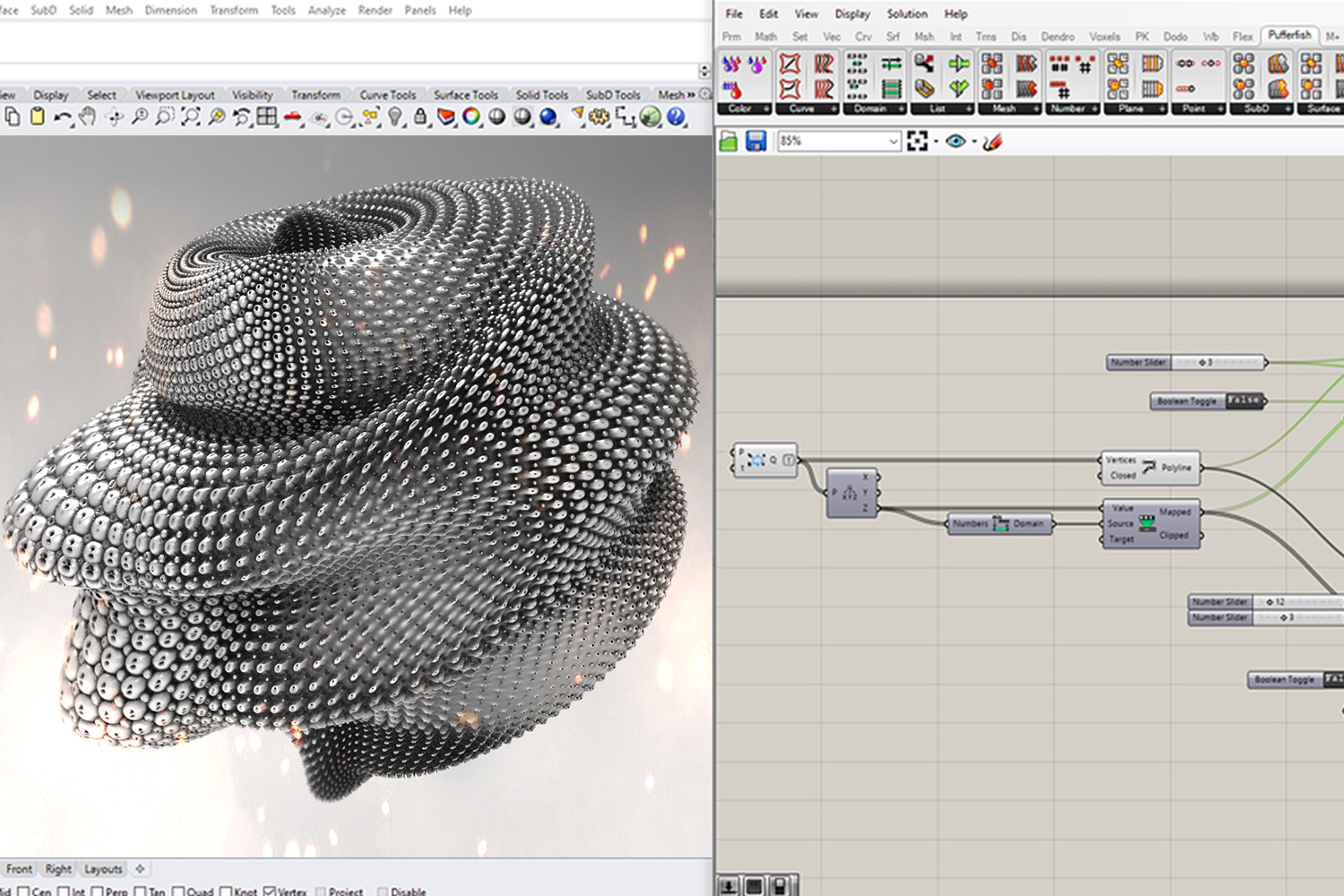
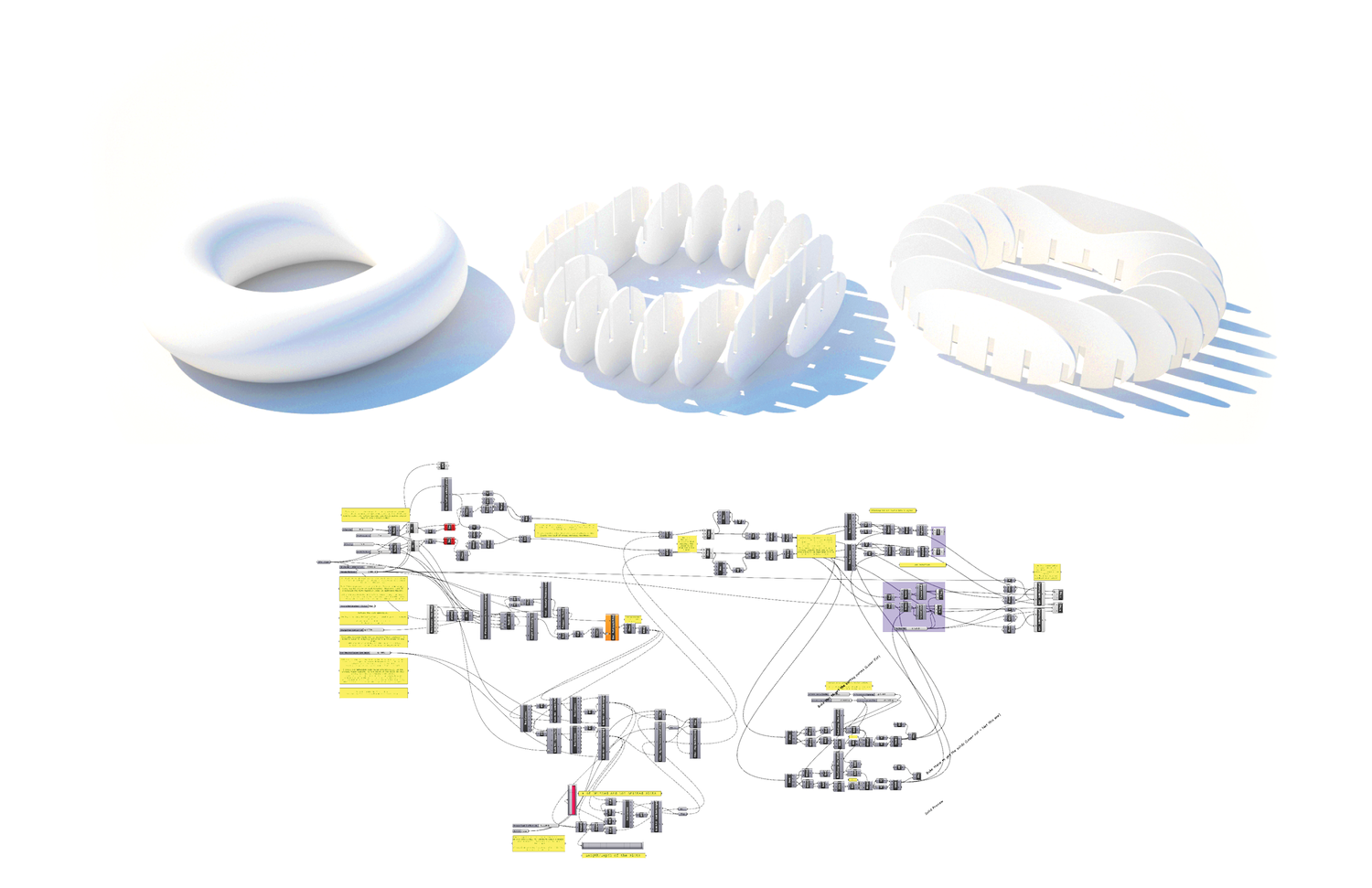
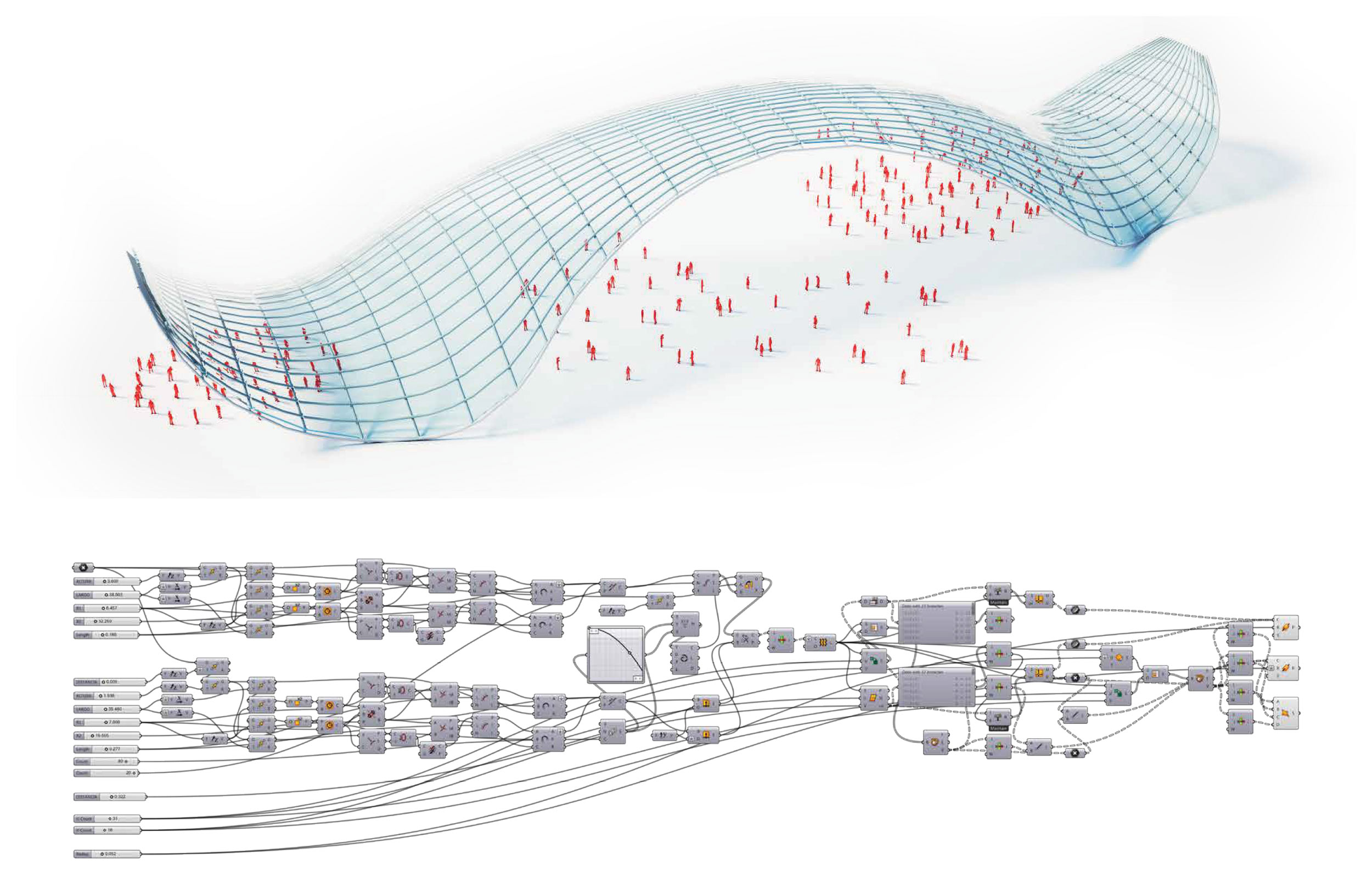
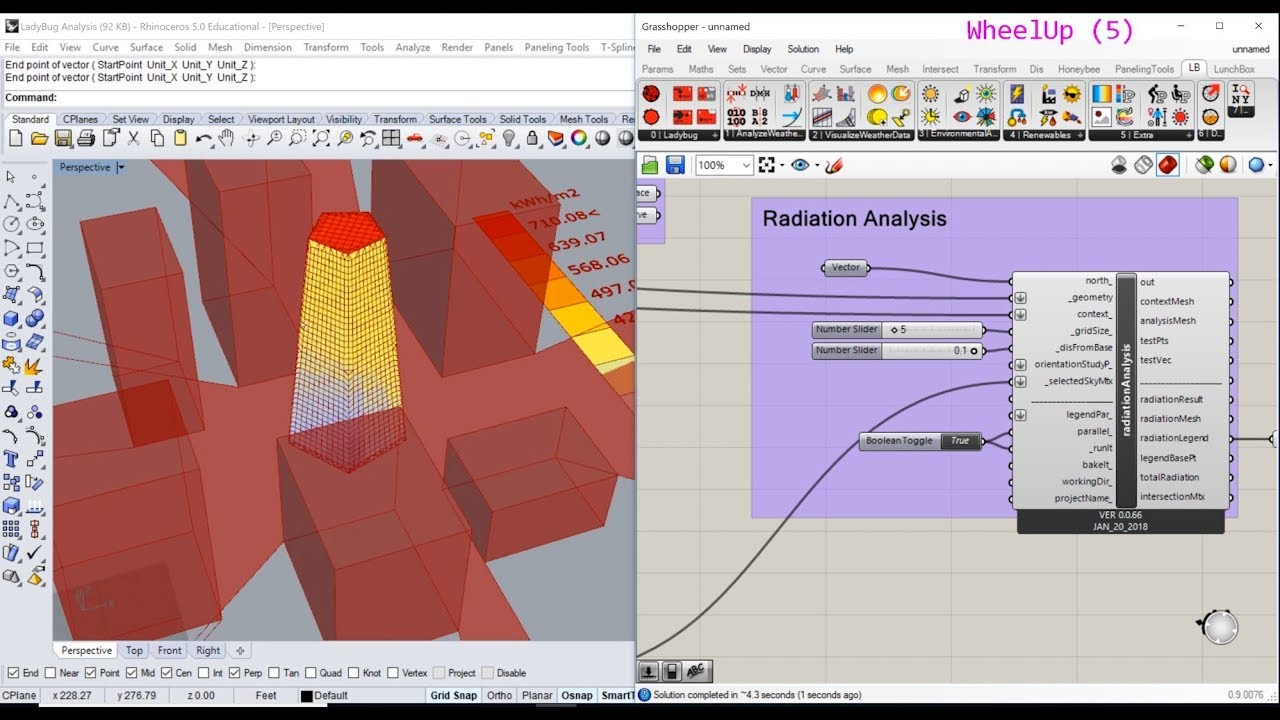
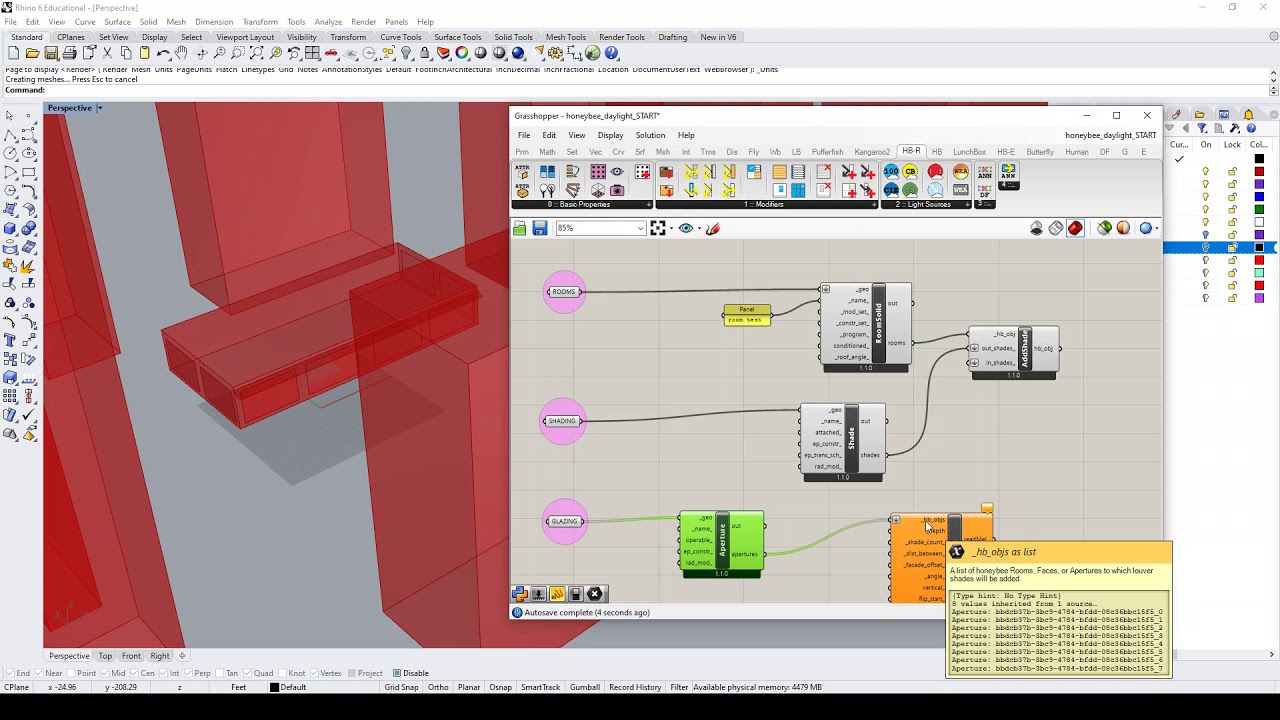
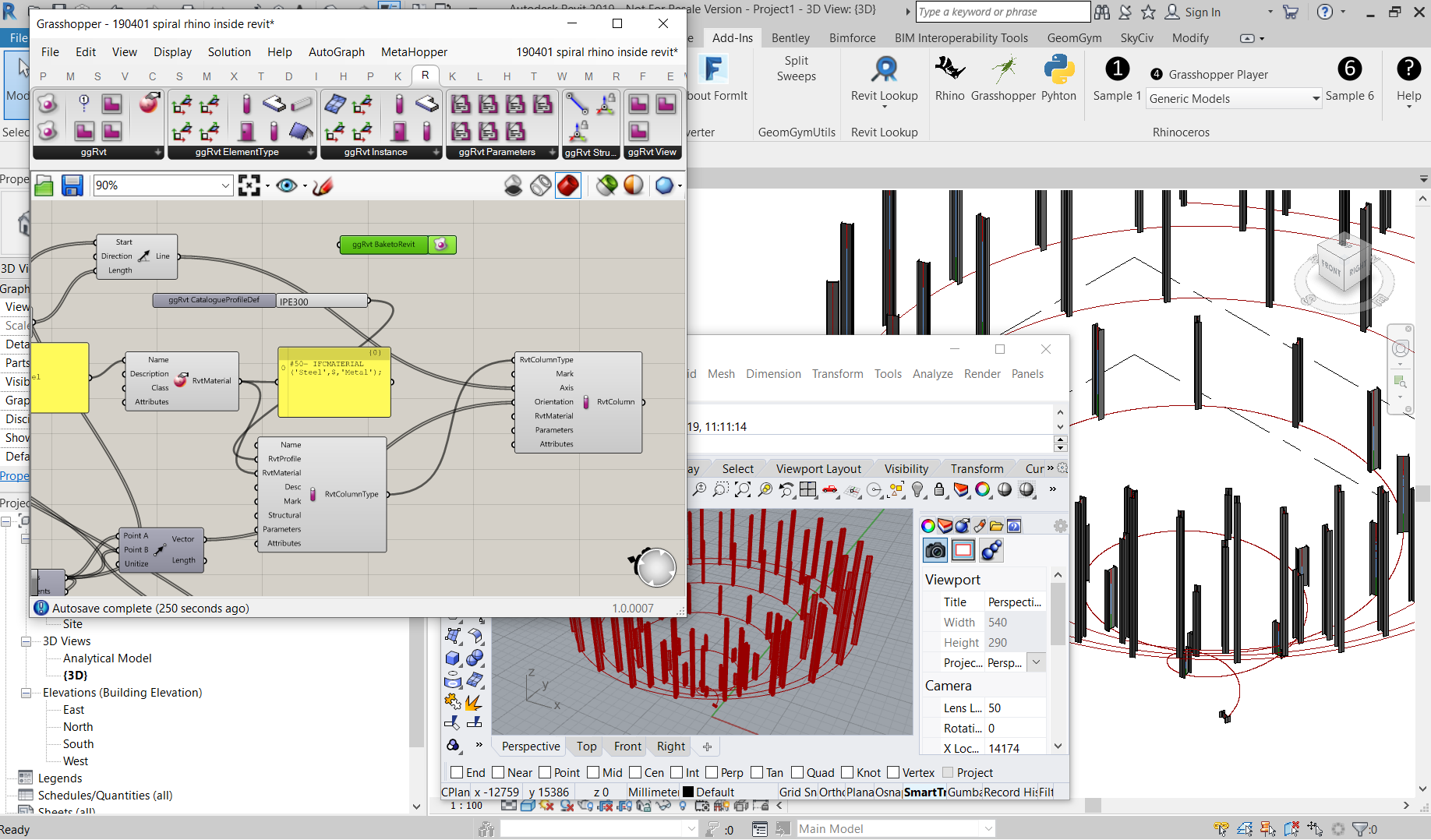
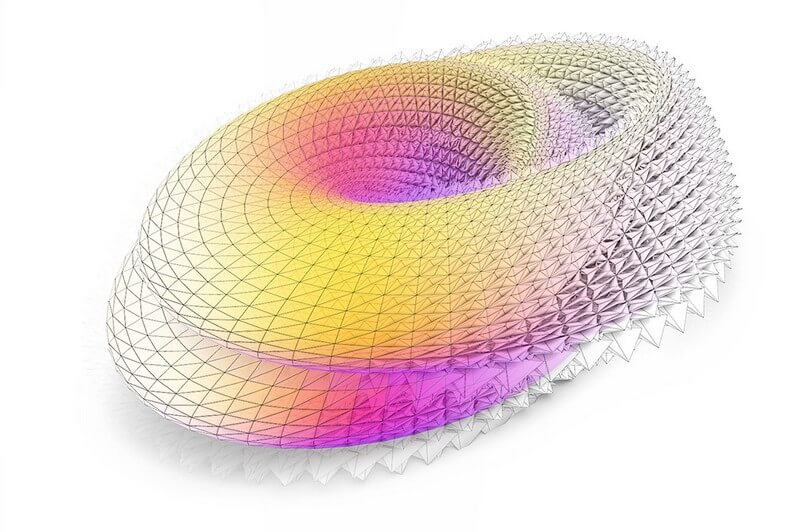
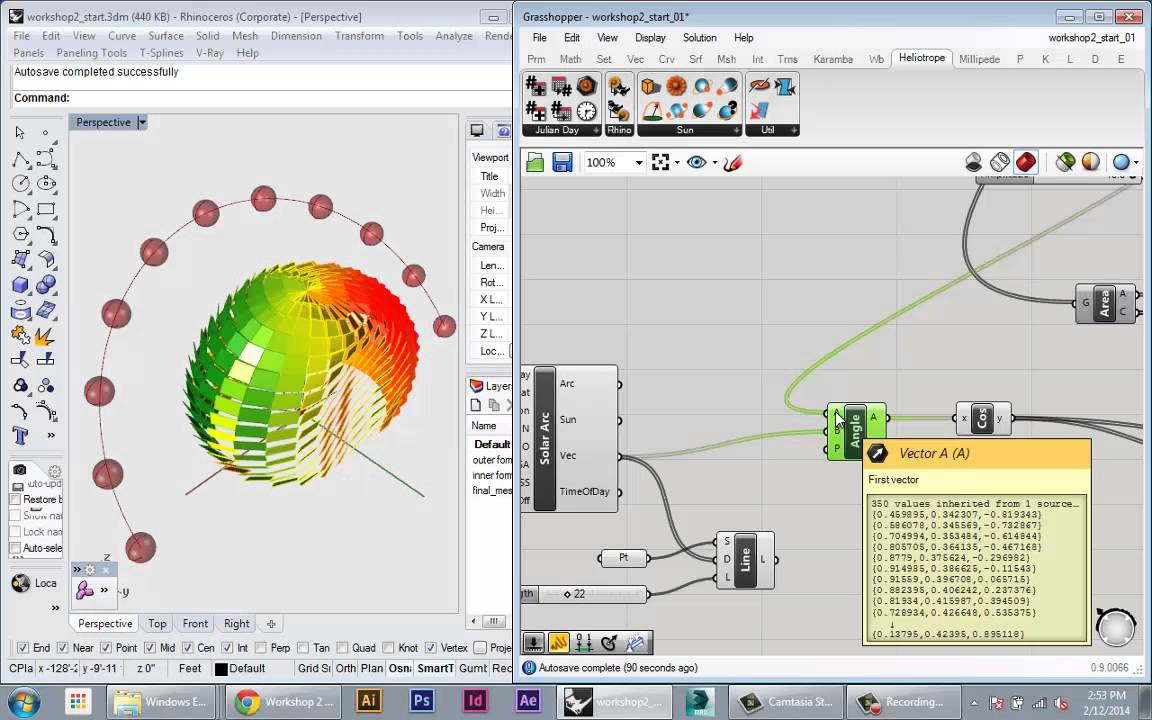
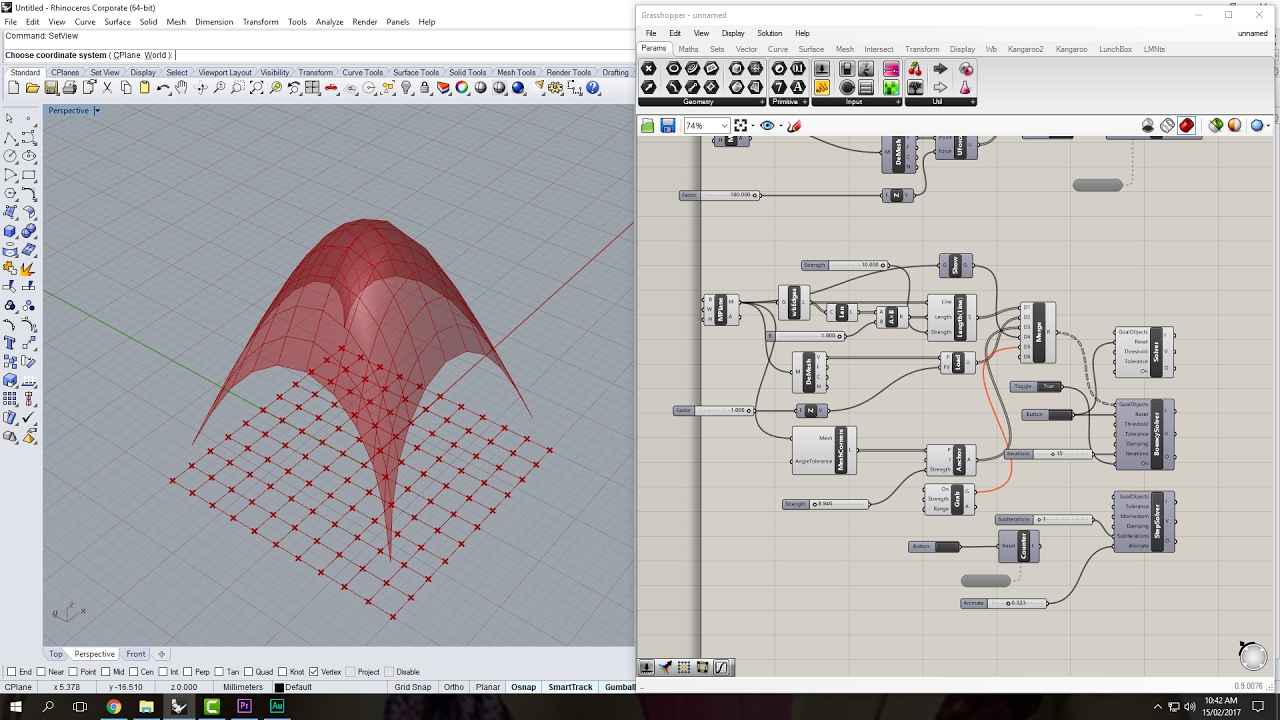
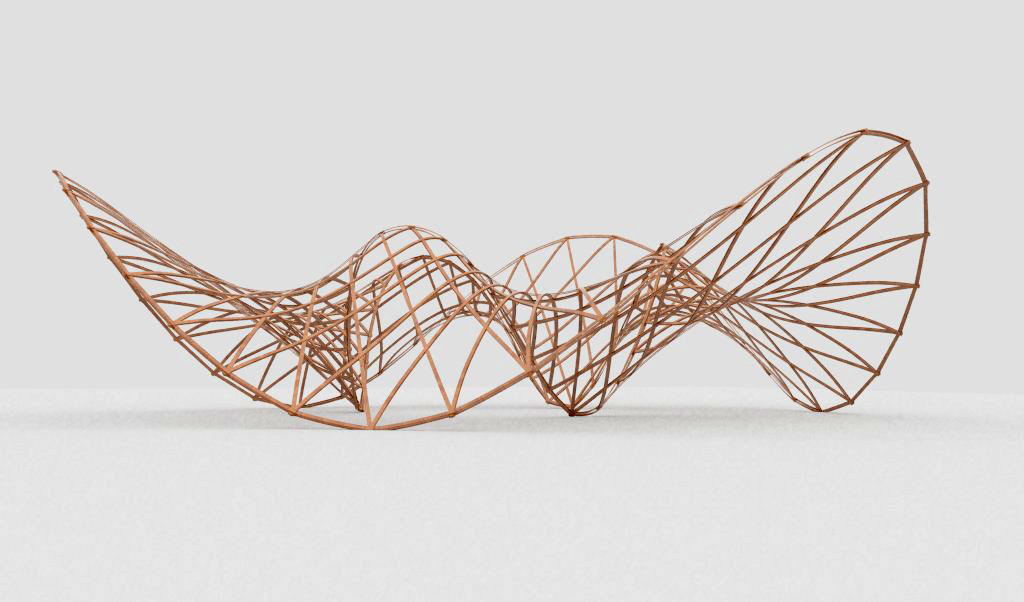
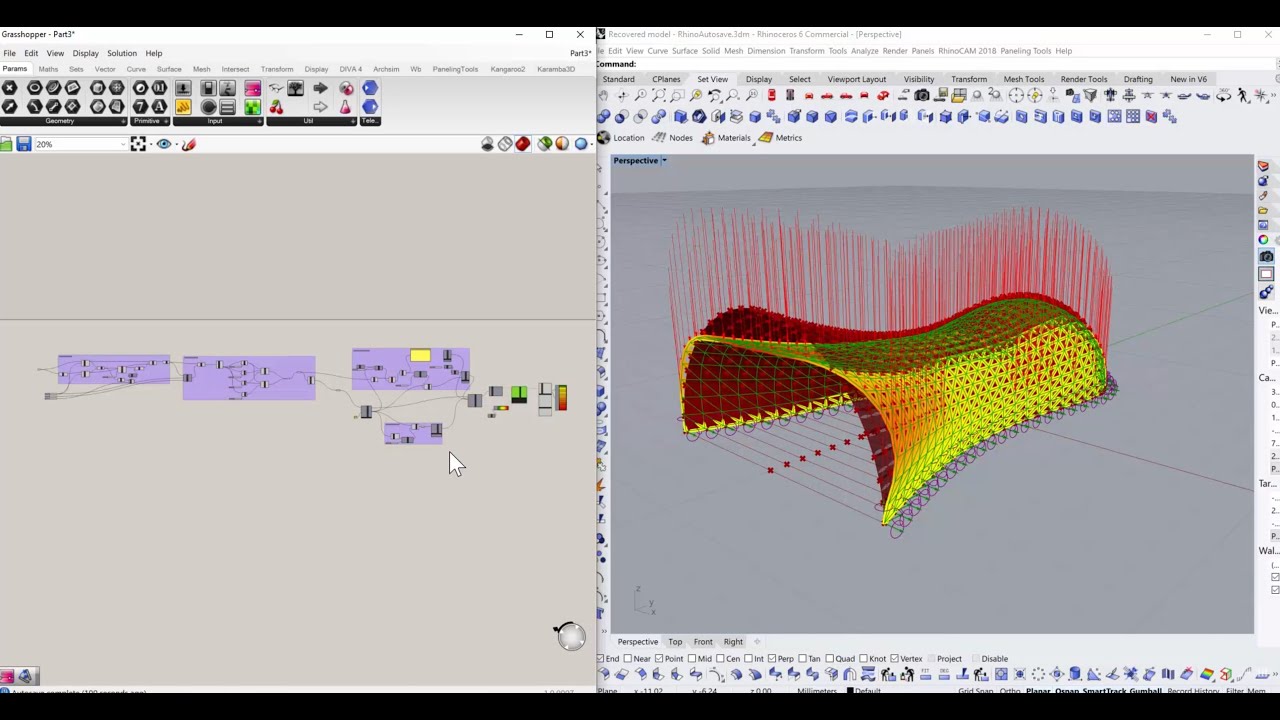
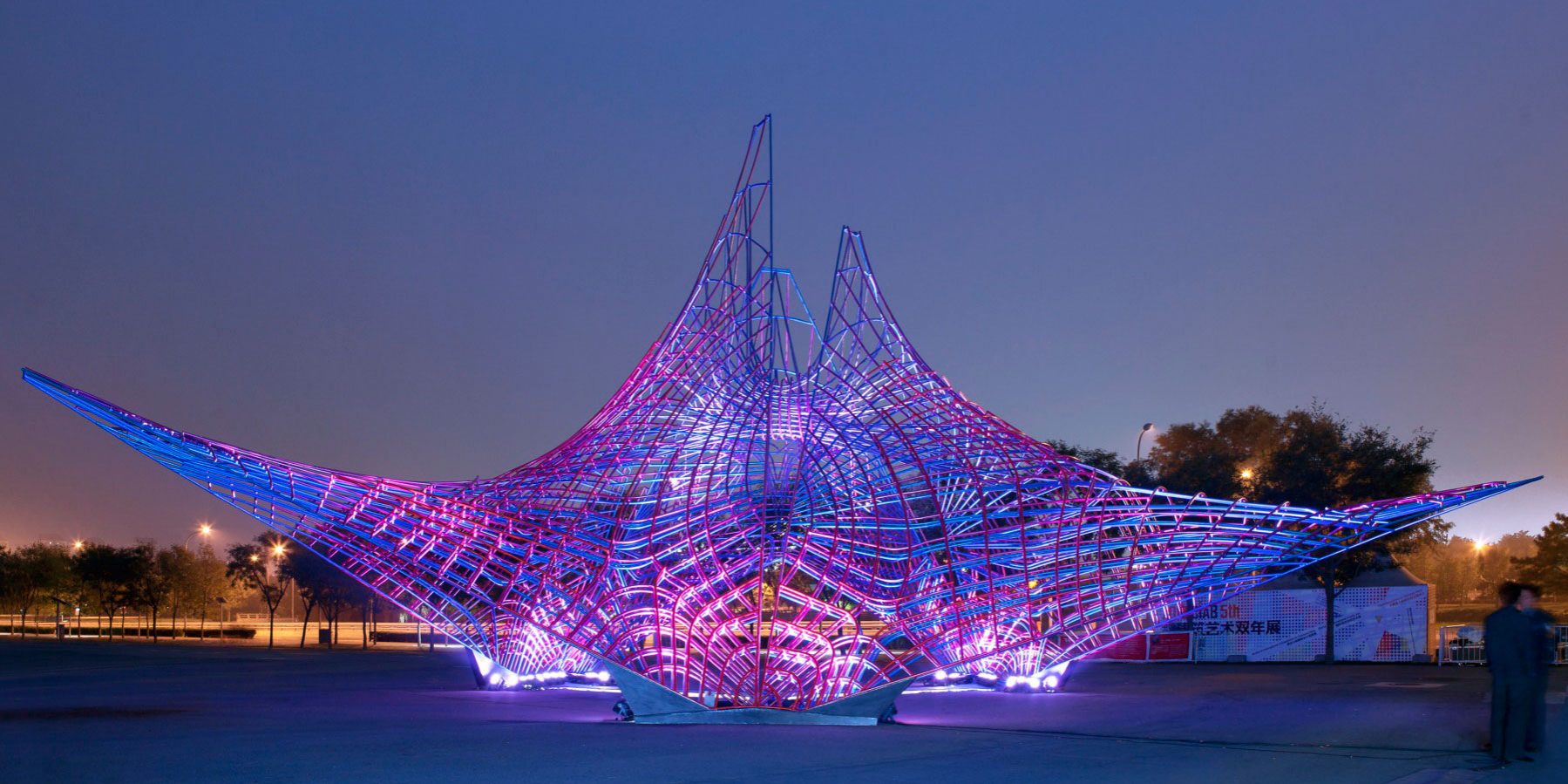
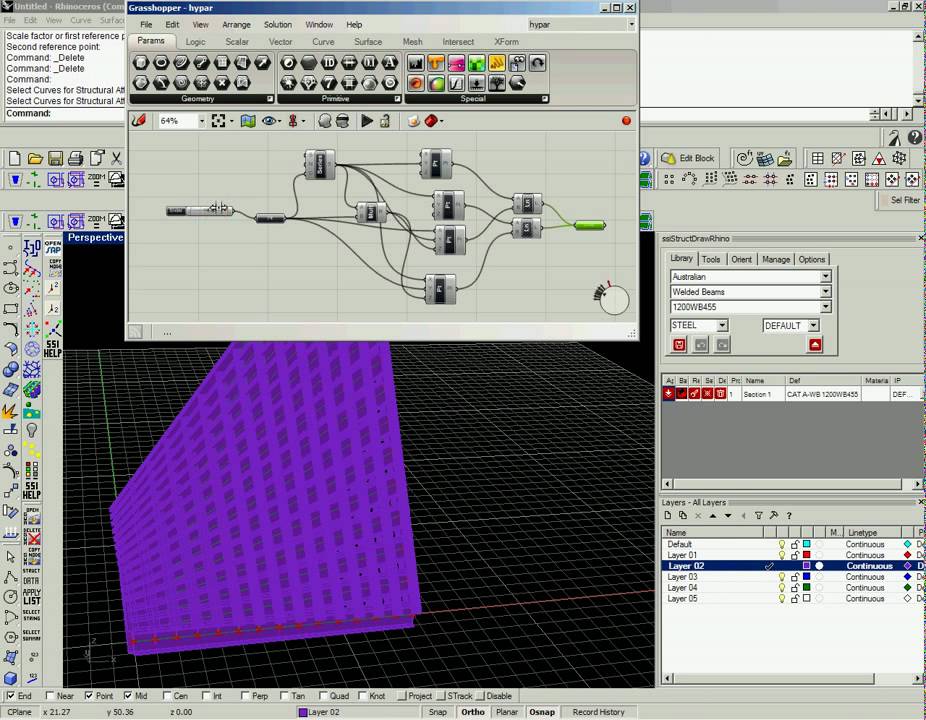
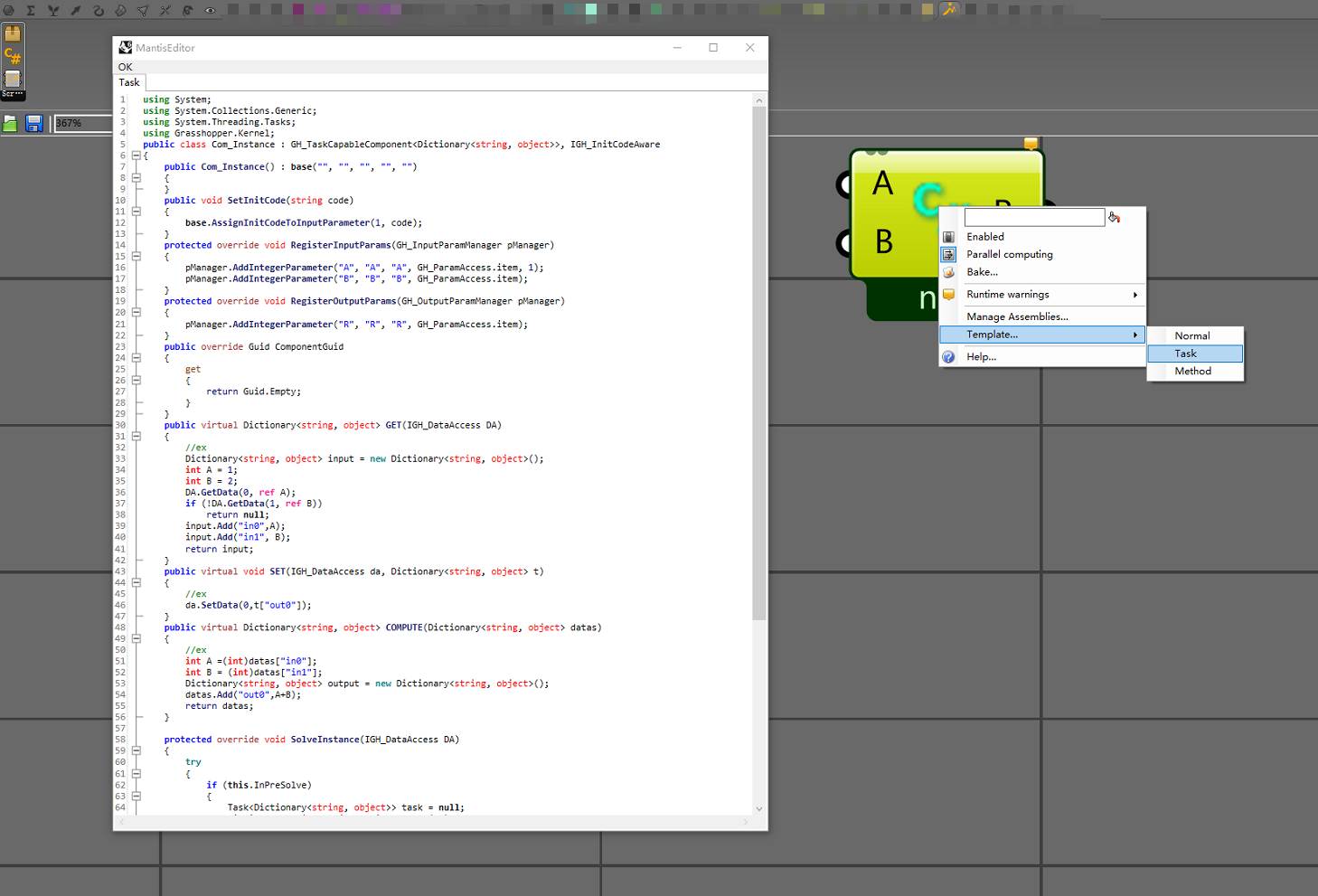
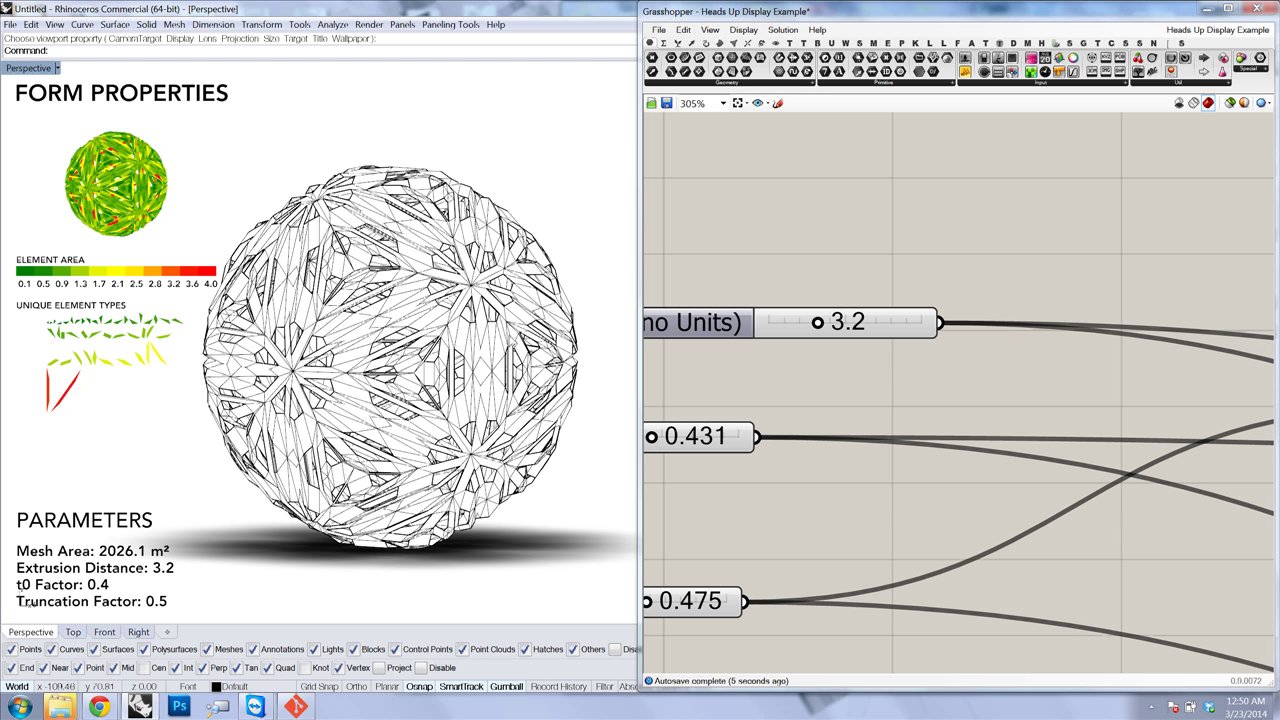
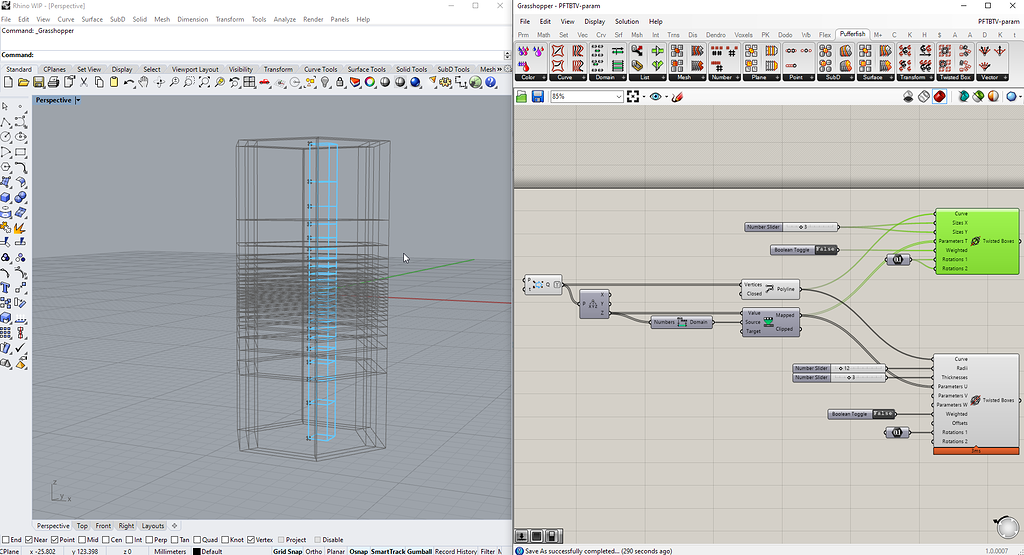
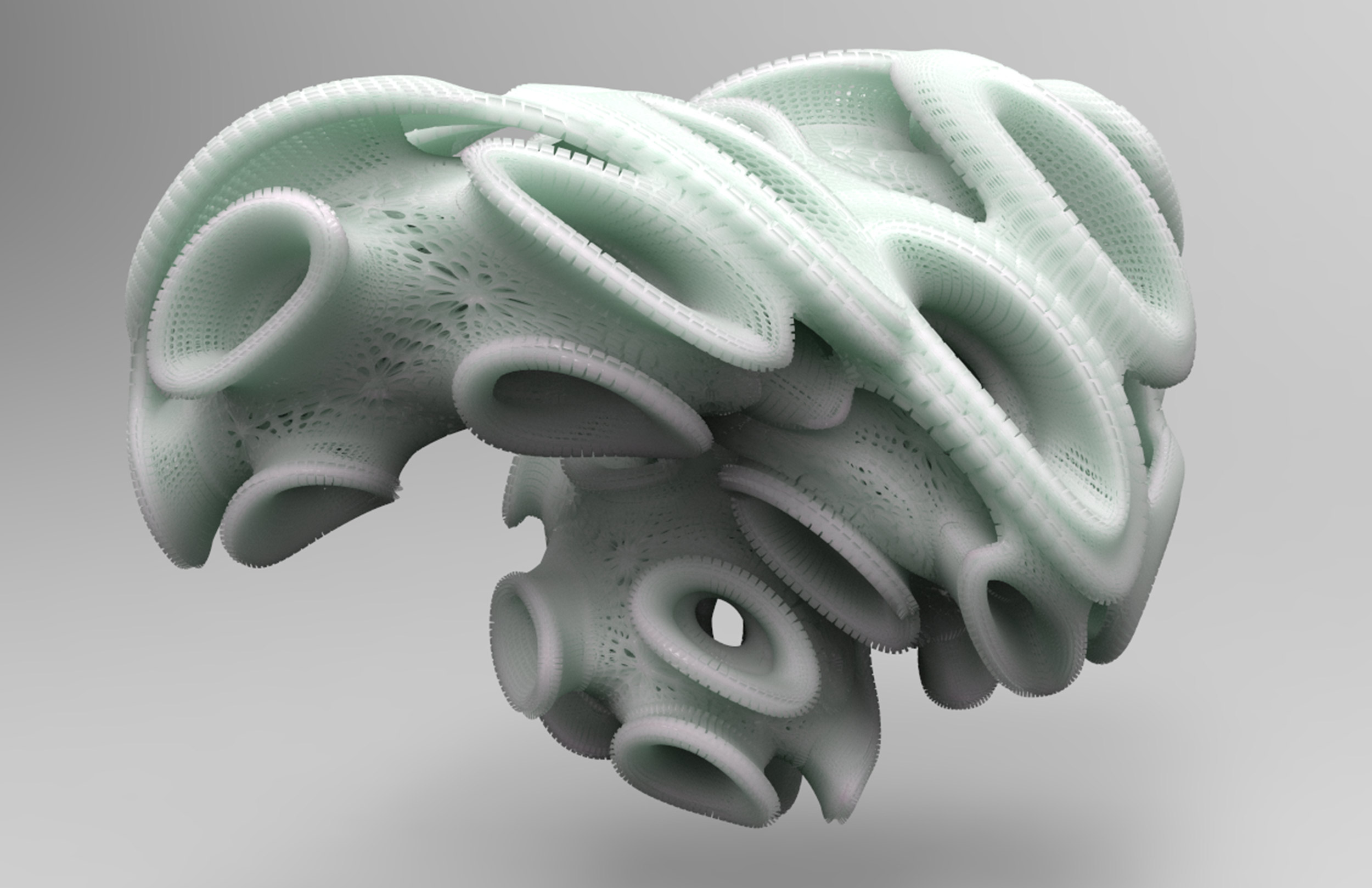














Leave a comment